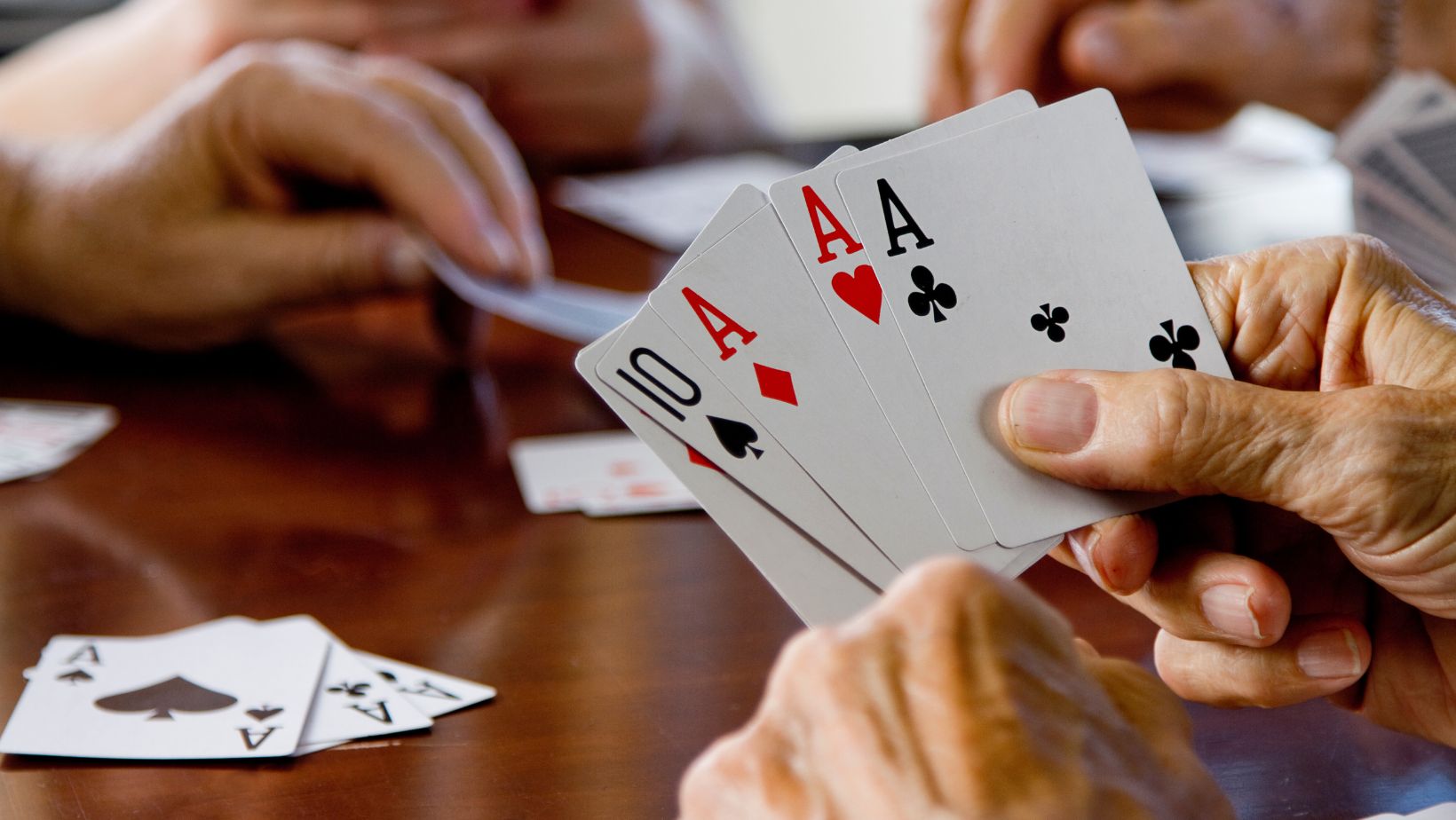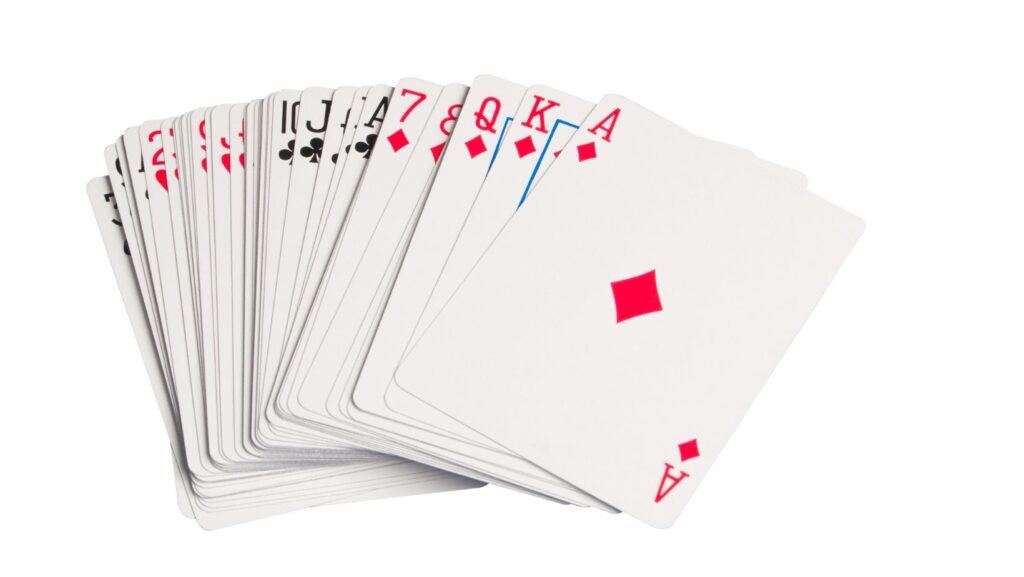Introduction to Solitaire
Solitaire, often synonymous with the classic Klondike version, is a staple among card games due to its simple rules and individual play style. Ideal for both a relaxing pastime and a mental challenge, Solitaire is a great starting point for those new to card games. This guide will walk beginners through the basics of Solitaire, offering tips on where to start and how to progress in the game.
Understanding the Basics of Solitaire
Solitaire primarily involves arranging a deck of cards on a tableau to transfer all cards to four foundation piles in ascending order (Ace to King) and organized by suit. The tableau consists of seven columns of cards, with the first column containing one card, the second column two cards, and so on, up to the seventh column. Only the top card of each pile is face up. The goal is to reveal and use the face-down cards and build sequences within the tableau in descending order and alternating colors.
Choosing the Right Solitaire Game
While Klondike is the most familiar version, there are several other Solitaire games suitable for beginners:
- FreeCell: Known for its almost 100% solvability rate, FreeCell challenges players with a similar setup to Klondike but includes “cells” that can be used to temporarily hold cards.
- Spider Solitaire: Played with two decks, this version asks players to create descending sequences of the same suit, which can be a good next step after mastering Klondike.

For new players looking to improve your solitaire games, numerous resources and tutorials cover basic strategies and common variations.
Digital Platforms for Learning Solitaire
Online platforms are a fantastic way to learn Solitaire. They offer automated setups, can automatically apply the rules, and often provide hints and undo options that help beginners understand their mistakes and learn optimal strategies without the frustration of manual setup.
Tips for Becoming a Better Player
- Prioritize Moves that Uncover Hidden Cards: Always aim to reveal hidden tableau cards. The more cards you see, the greater your options for organizing and planning.
- Use the Stock and Talon Wisely: In Klondike, cards from the stock go into the talon, where they can be played onto the tableau or foundations. Manage these cards carefully to maximize your chances of winning.
- Empty Tableau Columns Are Valuable: If you can clear a tableau column, it becomes a useful space for maneuvering other cards, especially for compiling sequences.
Learning Resources and Community Engagement
Engaging with the Solitaire community through forums and multiplayer platforms can enhance your learning experience.

Sites like card games for all skill levels provide a variety of games where beginners can practice skills and challenge themselves against players with similar or greater skill levels.
Conclusion
Starting Solitaire can be a rewarding experience that offers more than just entertainment. It sharpens the mind, enhances problem-solving skills, and provides a peaceful retreat from everyday stress. With a plethora of digital resources and community support, anyone can pick up Solitaire and enjoy its timeless appeal. Whether you’re looking for a casual game or a stepping stone to more complex card games, Solitaire is an excellent starting point.




